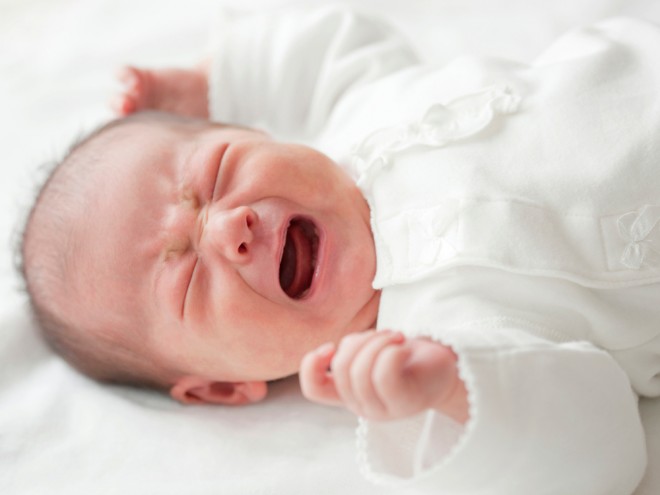Pediatric Definition - Colic
Colic
The common differential diagnosis of colic may include normal crying at the age of 6 weeks with 3 hours per day, gastroesophageal reflux, cow’s milk allergy and corneal abrasion, child abuse or urinary tract infection.
Colic is common in well fed healthy infant.
The symptoms and signs of colic may include severe cases of paroxysmal crying mainly in early evening and late afternoon with knee drawn up to the chest, painful facial appearance, expulsion of flatus and fists clenched.
The crying in colic will last for more than 3 weeks with crying more than 3 hours and more than 3 days in a row. The peak age of colic is at the age of 2 to 3 months.
The treatment of colic may be focused on burping, soothing, calming and rhythmic stimulation. Gas is treated with simethicone.
The common differential diagnosis of colic may include normal crying at the age of 6 weeks with 3 hours per day, gastroesophageal reflux, cow’s milk allergy and corneal abrasion, child abuse or urinary tract infection.
Colic is common in well fed healthy infant.
The symptoms and signs of colic may include severe cases of paroxysmal crying mainly in early evening and late afternoon with knee drawn up to the chest, painful facial appearance, expulsion of flatus and fists clenched.
The crying in colic will last for more than 3 weeks with crying more than 3 hours and more than 3 days in a row. The peak age of colic is at the age of 2 to 3 months.
The treatment of colic may be focused on burping, soothing, calming and rhythmic stimulation. Gas is treated with simethicone.

